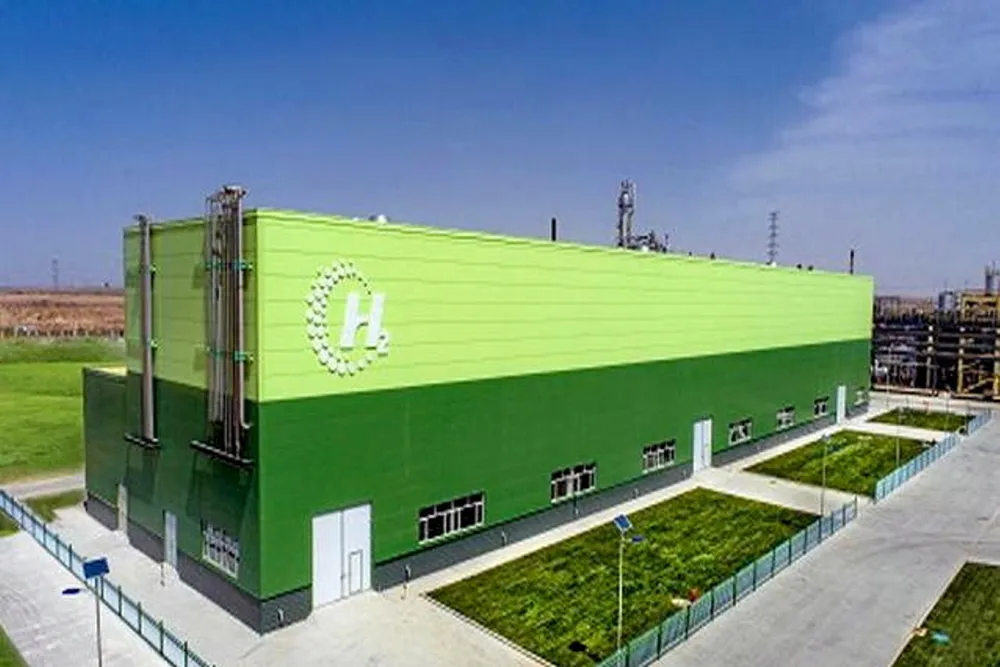Chinese company starts commissioning 'world's largest solar-powered hydrogen' project
Baofeng Energy says it is the world’s largest solar-powered hydrogen facility, capable of producing 160 million cubic metres of hydrogen per year.

Baofeng Energy says it is the world’s largest solar-powered hydrogen facility, capable of producing 160 million cubic metres of hydrogen per year.
